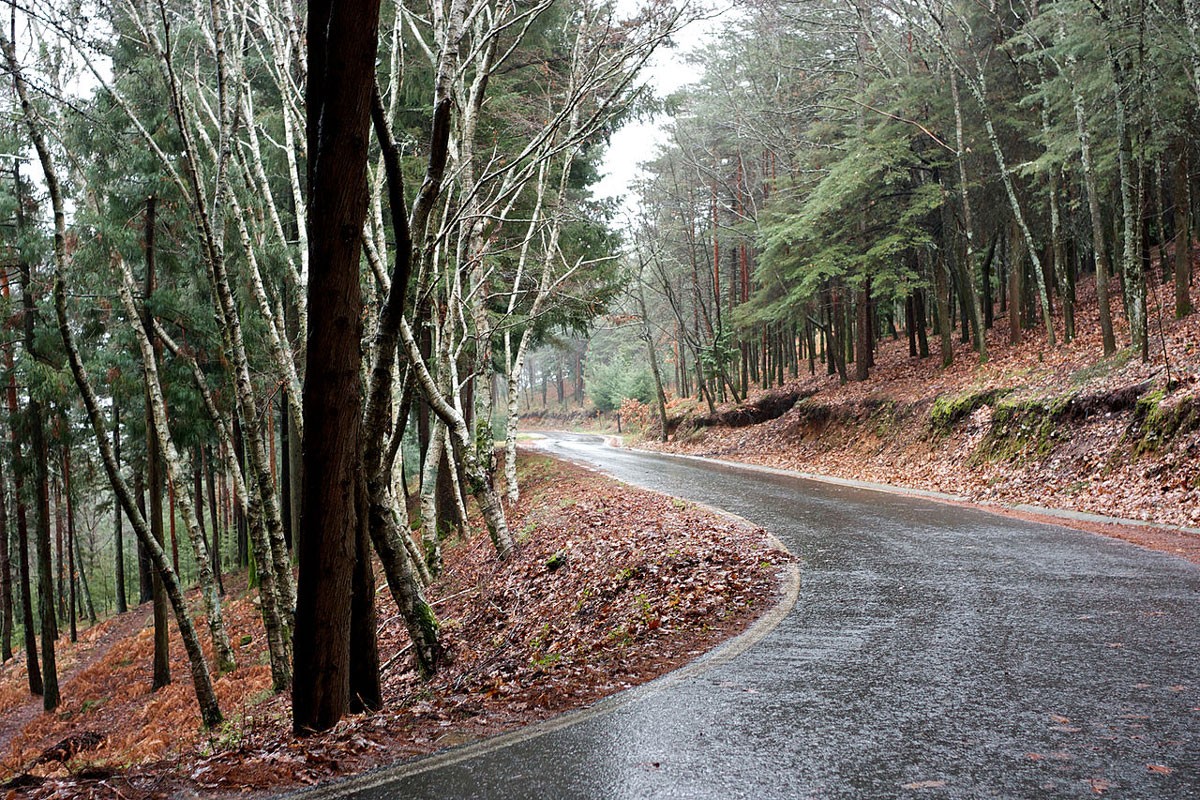Serra da Gardunha – About
Serra da Gardunha is a mountain range in mainland Portugal, 20 km long, 10 km wide and 1227 meters high. It is located in the province of Beira Baixa, in the municipalities of Fundão and Castelo Branco, in the Centro region (Beiras Region). Serra da Gardunha is also known as Gardunha (Arabic word meaning “refuge”).
The Gardunha Ultra Trail Trail Running event, which will take place on May 4 in 2019, is one of the region’s main sporting attractions, mobilizing hundreds of participants from all over the country and abroad to follow the trails of this Sierra. This event consists of 4 distinct routes, 3 of which are competitive (Ultra 50k Tracks, 25k Tracks and 12k Mini Tracks) and a non-competitive 11k walk. This event has its epicenter in Louriçal do Campo, Castelo Branco.
This area is the capital of cherry production in Portugal, especially the parishes of Alcongosta and Souto da Casa. Other parishes with high cherry production: Aldeia de Joanes, Aldeia Nova do Cabo, Alcaide, Alpedrinha, Castelo Novo, Fundão.
Several decades ago the dominant production was chestnut, but in the 1930s, a disease attacked most soutos (sets of chestnut trees). The fires aggravated this destruction. However, recent reforestation has not been sufficient.
On the south slope, in the parish of São Vicente da Beira there are still some chestnut trees, not as extensive as before but still producing a significant amount of chestnuts. Forestry includes pine and more recently eucalyptus. There are two natural spring water explorations, in São Vicente da Beira with Águas Fonte da Fraga and in Castelo Novo with Águas do Alardo.
There are numerous natural viewpoints, from where you can see the Cova da Beira and Serra da Estrela, Covilhã and Belmonte (North) and plains of the Castelo Branco, Penamacor and Idanha-a-Nova (South and East).
In the last years, Serra da Gardunha has been the target of authentic environmental and historical-cultural crimes, namely the construction of the IP2, the A23 motorway and two tunnels (one of 1580m and the other of 300m), which affected and raped it. severely, even causing the drying of numerous water sources.



